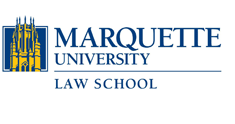Abstract
We think of constitutional provisions as having contingent permanence—they are effective today and, barring amendment, tomorrow and the day after and so on until superseded by amendment. Once superseded, a provision is void. But are there exceptions to this default state of contingent permanence? Are there any provisions in the current United States Constitution that cannot be superseded by amendment—that are unamendable? And could a future amendment make itself or some portion of the existing Constitution unamendable?
Commentators investigating limits on constitutional amendment frequently focus on limits imposed by natural law, the democratic underpinnings of our nation, or some other combination of normative forces exterior to the Constitution. Those analyses, while both interesting and important, require injecting into the Constitution ideas and ideals outside its text. This Article analyzes what limits on amendment we may find expressed in the text of the Constitution itself.
A careful analysis of the text of the original Constitution and the history of its framing offer rewarding insights in addition to new answers to the questions posed in the opening paragraph. We learn the Framers of the U.S. Constitution understood the difficulties—logical, syntactic, and political—inherent in unamendable constitutional provisions, and yet decided to include them.
Repository Citation
George Mader,
Binding Authority: Unamendability in the United States Constitution—A Textual and Historical Analysis,
99 Marq. L. Rev. 841
(2016).
Available at: https://scholarship.law.marquette.edu/mulr/vol99/iss4/3
